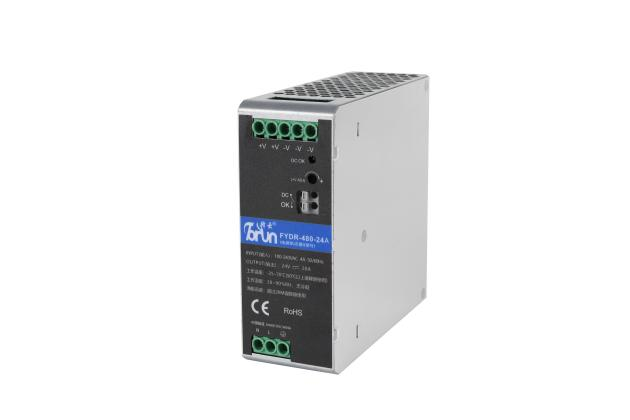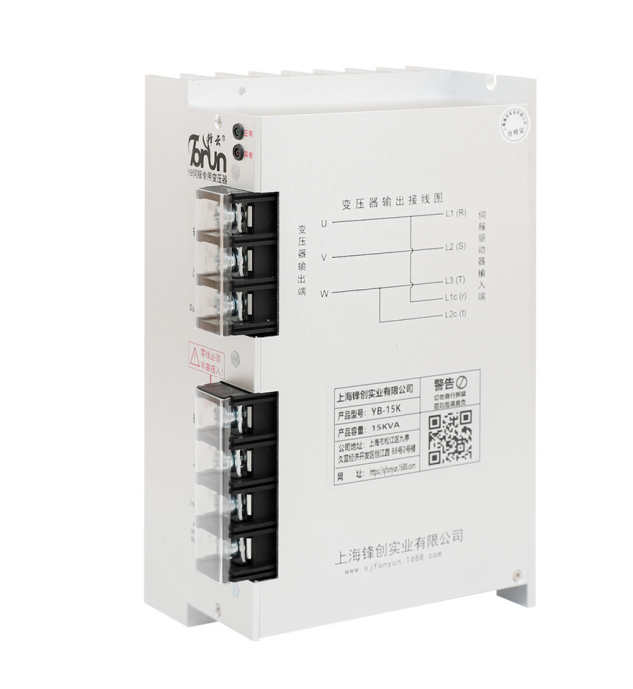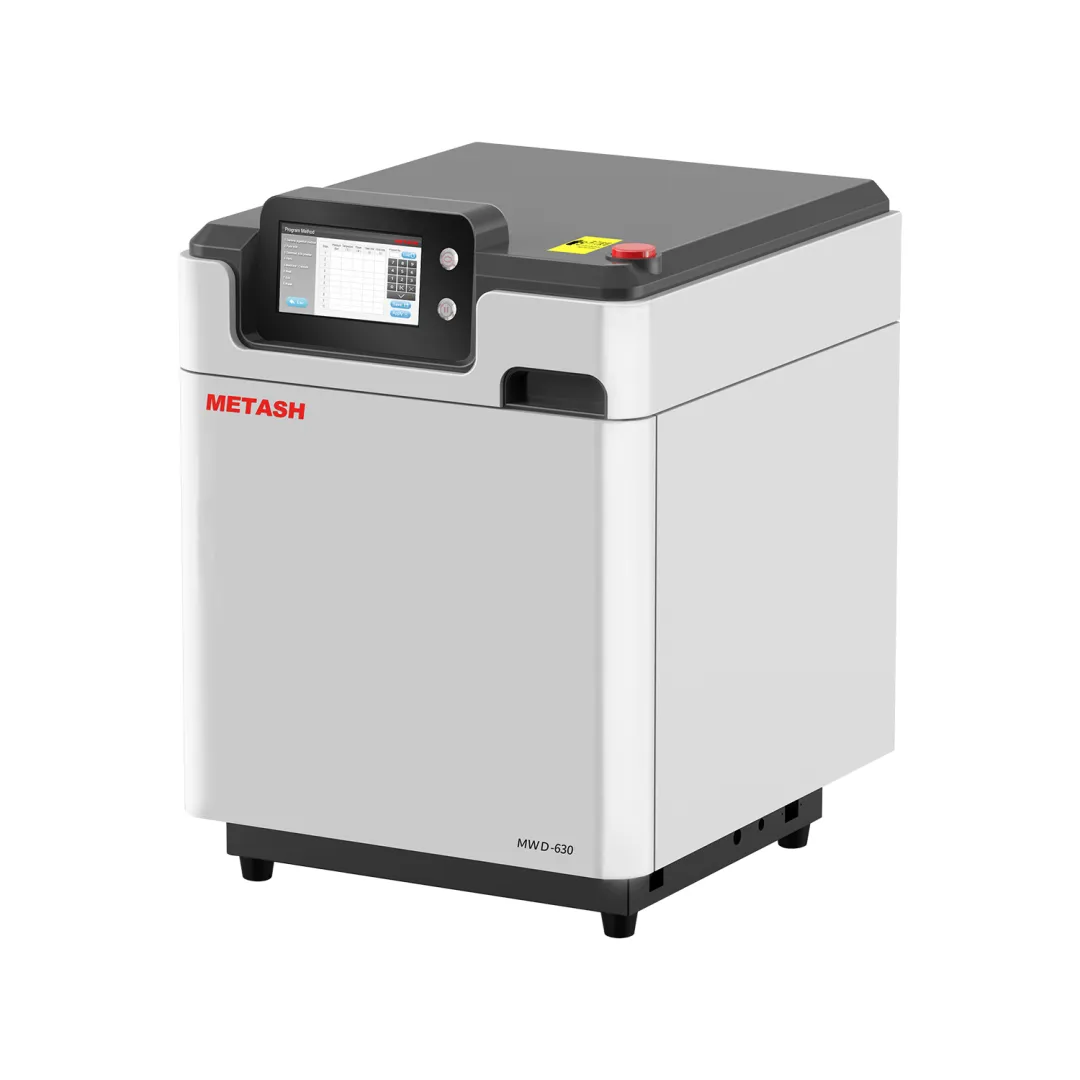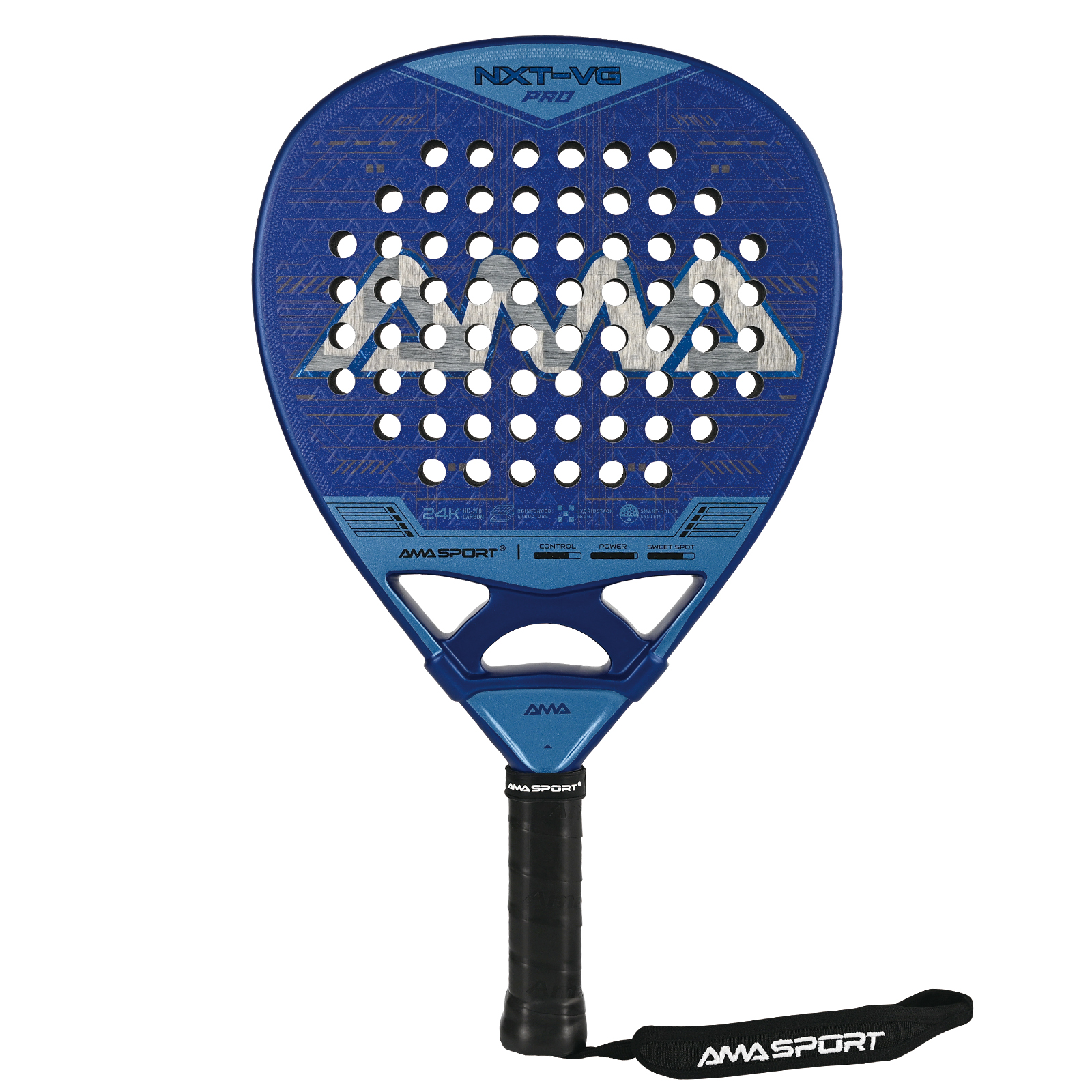Screw Blowers vs. Lobe Blowers: A Comprehensive Analysis for Optimal Performance
In the realm of industrial air and gas handling, the choice between screw blowers and lobe blowers can significantly impact operational efficiency, energy consumption, and overall system performance. Both technologies have their unique advantages and applications, making it crucial for engineers and decision-makers to understand their differences and select the most suitable option for their specific needs. This article delves into the intricacies of screw blowers and lobe blowers, comparing their functionalities, efficiencies, and ideal use cases.
Understanding the Basics
Screw Blowers utilize a pair of helical rotors to compress air or gas. As the rotors turn, they create a vacuum that draws in air, which is then compressed and discharged. This design allows for a continuous flow of air with minimal pulsation, making screw blowers particularly effective in applications requiring a steady supply of air.
Lobe Blowers, on the other hand, operate using two or more lobes that rotate in opposite directions. This design creates pockets of air that are trapped and moved from the inlet to the outlet. Lobe blowers are known for their simplicity and robustness, making them suitable for various applications, including pneumatic conveying and wastewater treatment.
Performance Comparison
Efficiency
One of the primary considerations when choosing between screw and lobe blowers is efficiency. Screw blowers generally offer higher efficiency rates, particularly in applications requiring high pressure and continuous operation. Their design minimizes energy losses, leading to lower operational costs over time. In contrast, lobe blowers tend to be less efficient, especially at higher pressures, due to the inherent design limitations that result in increased energy consumption.
Noise Levels
Noise is another critical factor in blower selection. Screw blowers typically operate at lower noise levels compared to lobe blowers. The continuous flow of air and the smooth operation of the helical rotors contribute to a quieter environment, which is particularly beneficial in settings where noise regulations are stringent or where worker comfort is a priority.
Maintenance Requirements
When it comes to maintenance, lobe blowers often have an edge due to their simpler design. They typically require less frequent maintenance and are easier to service, making them a preferred choice for facilities with limited maintenance resources. Screw blowers, while generally reliable, may require more specialized maintenance due to their complex rotor design and the need for precise alignment.
Application Suitability
The choice between screw blowers and lobe blowers also hinges on the specific application requirements.
- Screw Blowers are ideal for applications that demand high efficiency and consistent air supply, such as:
- Aeration in wastewater treatment plants
- Pneumatic conveying systems
- Industrial vacuum applications
- Lobe Blowers excel in applications where simplicity and robustness are paramount, such as:
- Material handling in food processing
- Dust collection systems
- Vacuum packaging
Cost Considerations
While the initial purchase price of screw blowers may be higher than that of lobe blowers, it is essential to consider the total cost of ownership. Screw blowers often provide significant energy savings over their lifespan, which can offset the higher upfront costs. Conversely, lobe blowers may be more economical in terms of initial investment but could incur higher operational costs due to their lower efficiency.
Conclusion
In conclusion, the decision between screw blowers and lobe blowers should be based on a thorough analysis of the specific application requirements, efficiency needs, maintenance capabilities, and budget constraints. Screw blowers offer superior efficiency and quieter operation, making them suitable for high-demand applications. Lobe blowers, with their simplicity and ease of maintenance, are ideal for applications where robustness and lower initial costs are prioritized.





